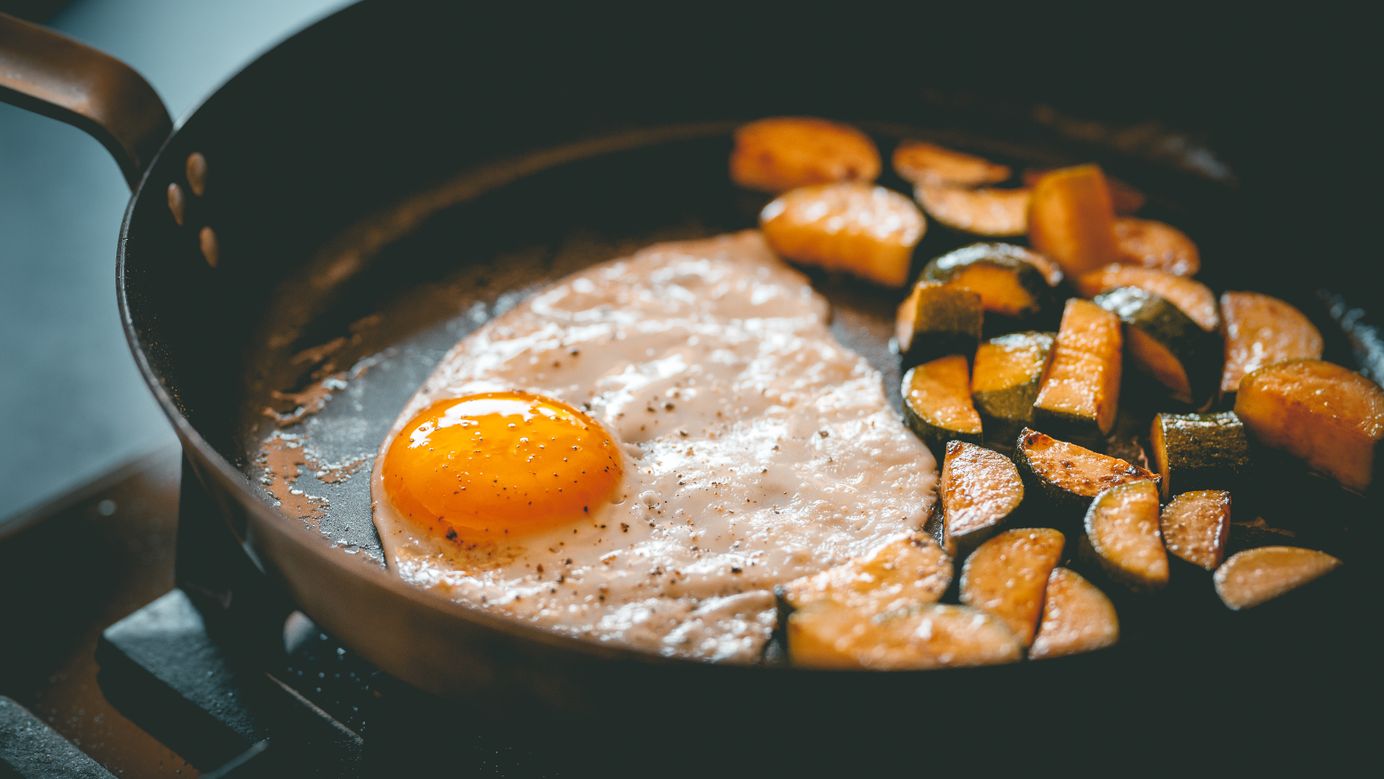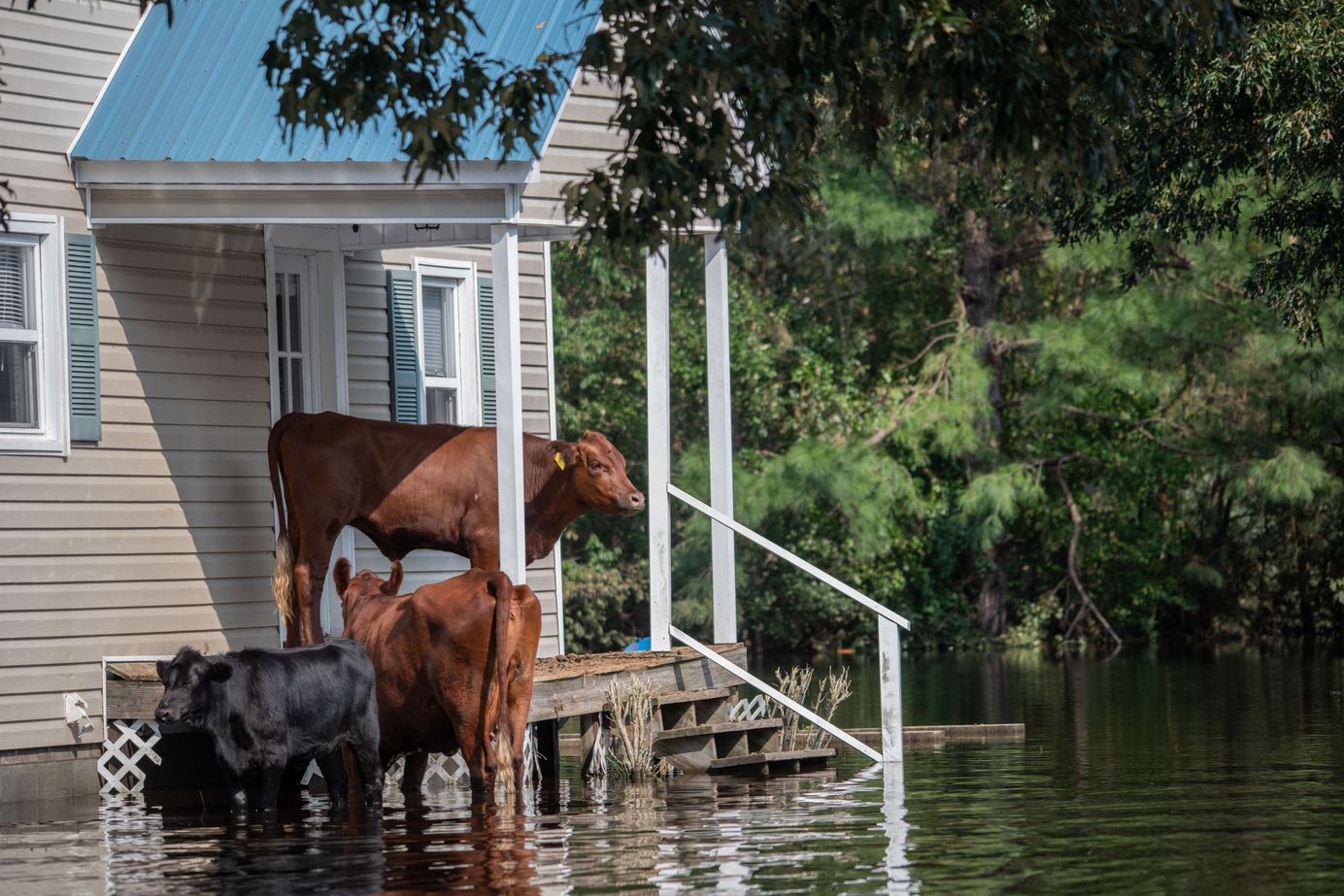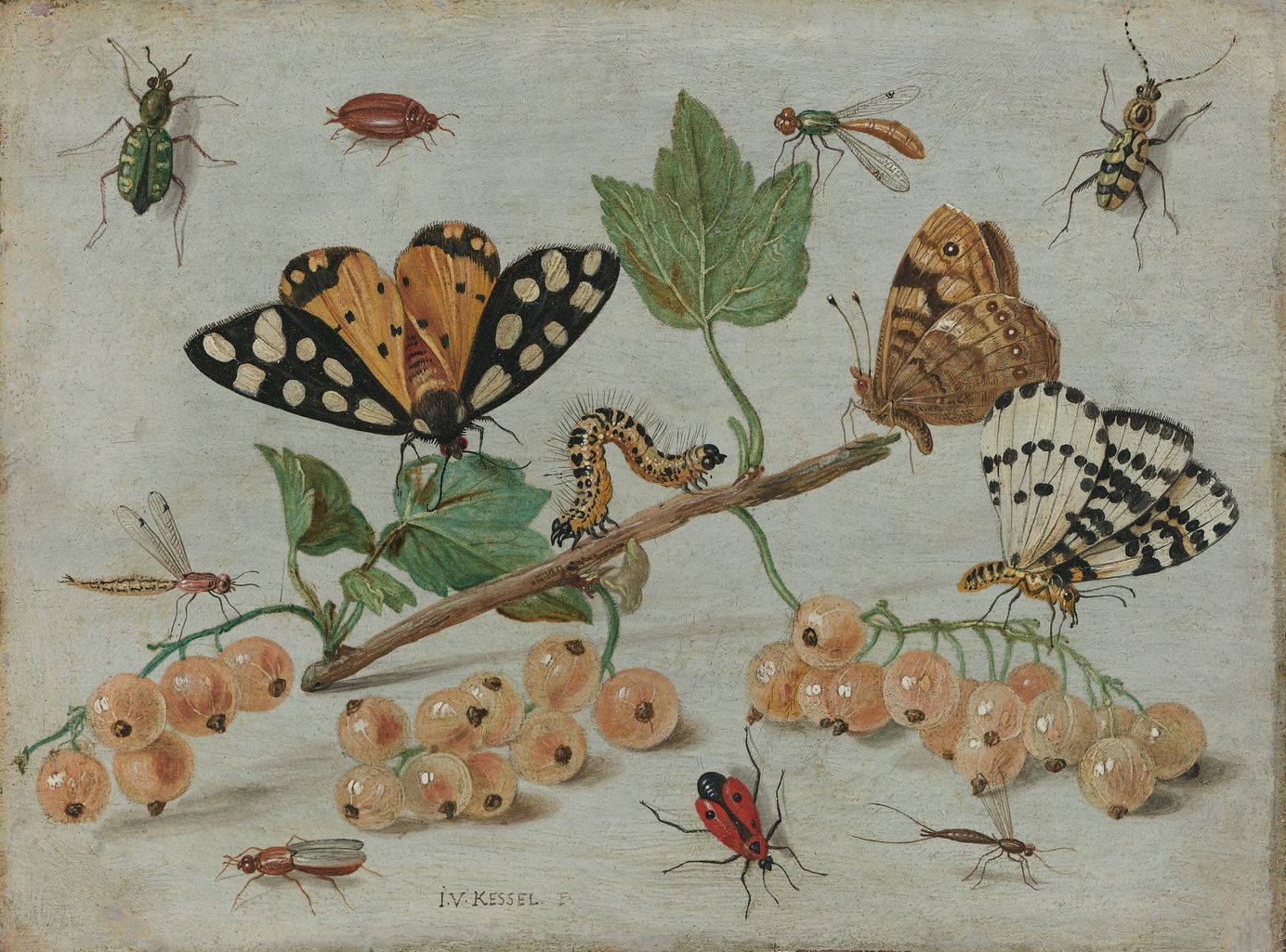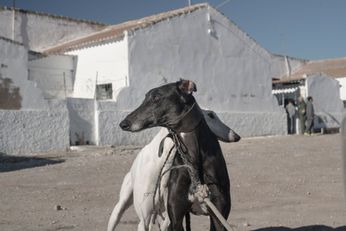
Teflon, get rid of it today.
This is a story about the invisible poison we put in our dishes every time we cook with Teflon and how much effort is being put into hiding it.
I have been thinking a lot about what I put on the table during these holidays. I am not talking about calories here. Instead, I speak about substances that might be toxic to us and are present in our everyday cooking. But knowing where to begin is hard; just for reading the ingredients of some products, I need a dictionary. So I started researching the containers for our food, the utilities we use for cooking, and what we can do to address the biggest offenders. And this is what I found out.
Upgrading your Tupperware to glass and swapping cleaning supplies, do not compare to avoiding Teflon in your cookware if you want to prevent some serious health risks.
What is Teflon?
Teflon is the brand name of a chemical coating, polytetrafluoroethylene or PTFE. Teflon was developed in the 1930s by the company DuPont to create a nonstick and waterproof surface. It is, therefore, a popular choice for cookware, as well as stain-resistant clothes, carpets, waterproof fabrics, and even paint.
Manufacturers of Teflon have always told us that Teflon was safe at temperatures lower than 340°C or 660°F. Furthermore, the industry said repeatedly that everyday regular cooking would not make Teflon break down into hazardous components. Everyone believed it, so did the press, and the regulators too. So we kept cooking and cleaning our Teflon pans without any reason to worry. But we were lied to.
The following data points, taken from the Environmental Working Group (EWG), show the most recent disclosed and disconcerting findings, some of which DuPont already knew.
This post is for paying subscribers only
SubscribeAlready have an account? Log in









